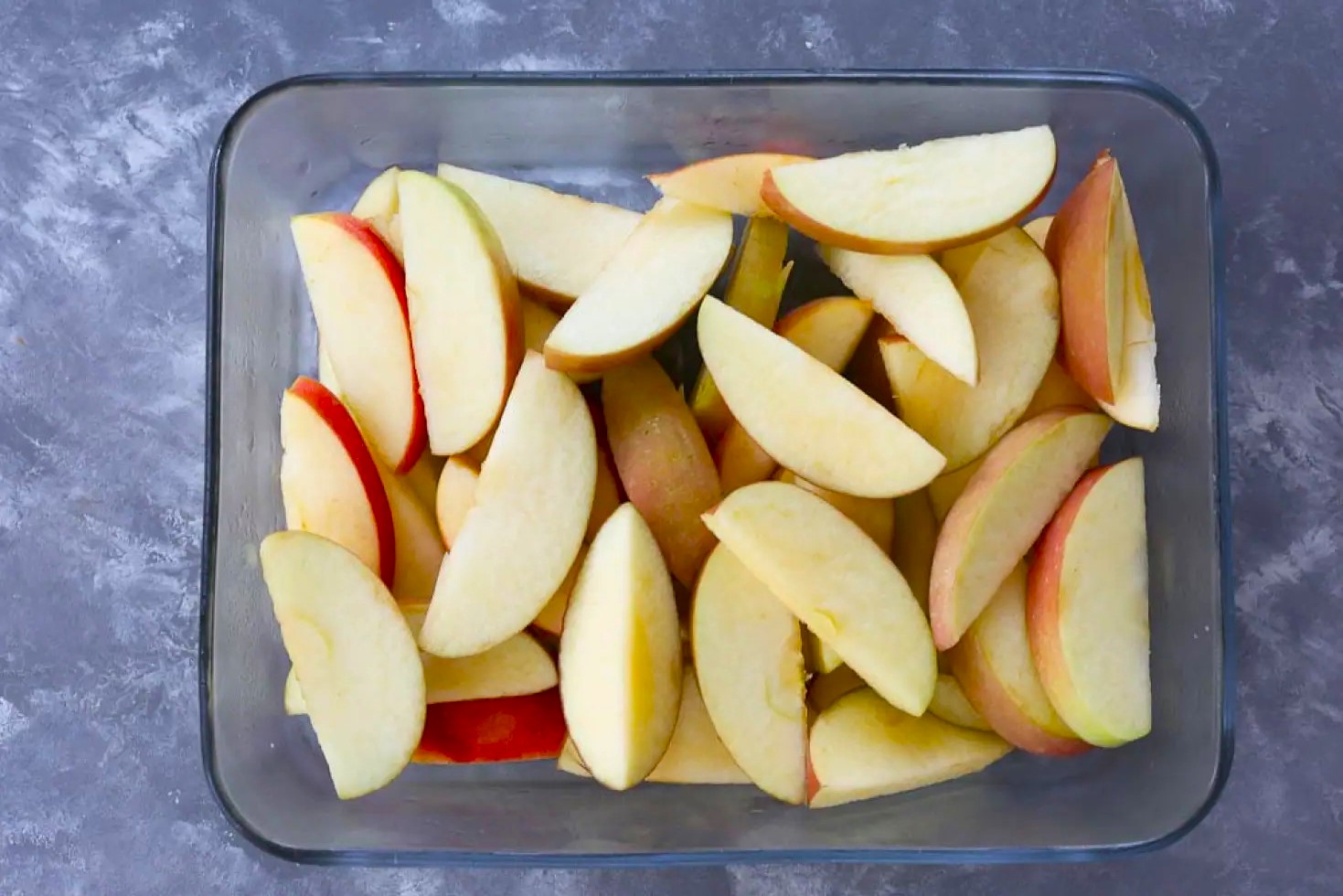

Articles
How To Store Peeled Apples Overnight
Modified: February 27, 2024
Discover the best method for storing peeled apples overnight in this informative article. Learn how to keep your peeled apples fresh and crisp until you're ready to use them.
(Many of the links in this article redirect to a specific reviewed product. Your purchase of these products through affiliate links helps to generate commission for Storables.com, at no extra cost. Learn more)
Introduction
Welcome to our guide on how to store peeled apples overnight! If you’ve ever found yourself with leftover peeled apples and wondered how to keep them fresh and prevent browning, you’ve come to the right place. In this article, we’ll explore various methods to help you store peeled apples overnight, so you can enjoy them the next day without compromising their taste or quality.
Whether you’re preparing apples for a pie, a salad, or any other delicious recipe, it’s not uncommon to end up with some leftover peeled apples. While leaving them out on the countertop may lead to browning and spoilage, there are several simple yet effective techniques that can help extend their freshness.
We’re going to cover several methods in this article, including refrigeration, lemon juice soak, citric acid solution, apple cider vinegar soak, vacuum sealing, freezing, and submerging in water. Each method has its own advantages and is suitable for different scenarios, so you can choose the one that works best for you.
Before we dive into the specific methods, it’s essential to understand why it’s crucial to store peeled apples properly. When an apple’s skin is removed, it exposes the flesh to air and initiates a process called enzymatic browning, which results in the darkening of the apple’s surface. This happens due to the presence of an enzyme called polyphenol oxidase reacting with oxygen in the air.
Browning not only affects the appearance of the apples but can also alter their taste and texture. Additionally, it can lead to nutrient loss over time. By using the methods we’ll discuss, you can slow down the browning process and maintain the visual appeal, taste, and nutritional value of your peeled apples.
So, let’s get started and explore the various techniques you can use to store peeled apples overnight!
Key Takeaways:
- Storing peeled apples overnight using methods like refrigeration, lemon juice soak, or vacuum sealing can save time, reduce food waste, and ensure fresh, vibrant apples for your recipes, offering convenience and versatility.
- Each storage method, from citric acid solution to freezing, provides a unique way to prevent browning and extend the shelf life of peeled apples, catering to different needs and preferences in meal preparation.
Read more: How To Store Peeled Apples
Why Store Peeled Apples Overnight?
When it comes to food preparation, efficiency is key. Sometimes, peeling apples ahead of time can save you precious minutes when you’re in a rush to put together a meal or bake a delicious treat. However, leaving peeled apples exposed to air can cause them to brown quickly, which can be unappetizing and potentially lead to spoilage.
By storing peeled apples overnight, you can enjoy the convenience of prepping in advance without sacrificing freshness or taste. Here are a few reasons why storing peeled apples overnight can be beneficial:
- Time-saving: Storing peeled apples allows you to accomplish the prep work the night before, giving you more time to focus on other tasks when it comes to cooking or baking the next day. It can be particularly helpful when you have a busy schedule or are preparing for a special occasion.
- Extended shelf life: Properly stored peeled apples can stay fresh for an extended period, allowing you to enjoy them even after a day or two. This is especially useful if you bought a large quantity of apples or if you have leftovers from a recipe.
- Versatility: Peeled apples can be used in a variety of dishes, such as pies, cakes, salads, or sauces. Storing peeled apples overnight ensures that you have them readily available and ready to use whenever inspiration strikes in the kitchen.
- Cost-effective: If you bought a bulk pack of apples or harvested them from your own orchard, you’ll want to make the most of your purchase or harvest. By storing peeled apples overnight, you can prevent wastage and make sure no apple goes to waste.
Whether you’re meal prepping, planning a big gathering, or simply trying to save time in your daily routine, storing peeled apples overnight offers a range of benefits. Not only does it provide convenience and versatility, but it also helps you reduce food waste and maximize the freshness and flavor of your apples.
Now that we’ve explored the reasons why it’s beneficial to store peeled apples overnight, let’s dive into the different methods you can use to keep them fresh and prevent browning.
Method 1: Refrigeration
Refrigeration is one of the simplest and most commonly used methods to store peeled apples overnight. By placing the peeled apples in the refrigerator, you can slow down the enzymatic browning process and preserve their freshness. Here’s how you can do it:
- After peeling the apples, make sure to remove any seeds or cores that may be present.
- Rinse the peeled apples under cold water to remove any residual dirt or debris.
- Wrap each peeled apple tightly in plastic wrap or place them in an airtight container.
- Label the container or wrap with the date to keep track of their freshness.
- Store the wrapped or containerized peeled apples in the refrigerator, preferably in the crisper drawer or a designated compartment.
- Ensure that the temperature in the refrigerator is set between 32°F (0°C) and 40°F (4°C) to maintain optimal freshness.
- When you’re ready to use the peeled apples, simply take them out of the refrigerator and incorporate them into your desired recipe.
Refrigeration can help keep peeled apples fresh for up to 24 to 48 hours. However, keep in mind that the texture of the apples may slightly change during this time, as refrigeration can make them slightly softer. It’s best to use refrigerated peeled apples within a day or two for the best taste and texture.
Remember, refrigeration slows down the enzymatic browning process, but it may not completely prevent it. If you notice any browning on the exposed parts of the peeled apples, simply cut off those areas before using them in your recipe.
Now that you know how to store peeled apples in the refrigerator, let’s explore another method to keep them fresh and prevent browning: lemon juice soak!
Method 2: Lemon Juice Soak
Lemon juice is a natural and effective way to prevent browning in peeled apples. The acidic nature of lemon juice helps to inhibit the enzymatic browning process, keeping your apples looking fresh and appetizing. Here’s how you can use the lemon juice soak method:
- Start by preparing a mixture of lemon juice and water. For every cup of water, squeeze the juice of one lemon.
- Peel the apples and remove any seeds or cores.
- Place the peeled apples in a bowl or a container large enough to hold them comfortably.
- Pour the lemon juice mixture over the peeled apples, making sure they are fully submerged.
- Gently stir the apples in the lemon juice mixture to ensure that all surfaces are coated.
- Cover the bowl or container with plastic wrap or a lid and let the apples soak in the lemon juice solution for about 5 minutes.
- After the soaking time is complete, remove the apples from the lemon juice mixture and pat them dry with a paper towel.
- Store the soaked and dried peeled apples in an airtight container or wrap them tightly in plastic wrap.
- Label the container or wrap with the date to keep track of their freshness.
- Place the container or wrapped peeled apples in the refrigerator for optimal storage.
- When you’re ready to use the apples, take them out of the refrigerator and incorporate them into your desired recipe.
The lemon juice soak method helps to extend the freshness of peeled apples for up to 24 hours or longer, depending on the quality of the apples. The acidic properties of lemon juice create a protective barrier against the oxidation process, preventing browning and maintaining the natural color of the apples.
It’s worth noting that the lemon juice soak may impart a subtle citrus flavor to the peeled apples. This can be desirable in certain recipes, such as fruit salads or desserts, but may not be ideal for all dishes. Adjust the amount of lemon juice used based on your personal taste preferences.
Now that you know how to use lemon juice to prevent browning, let’s explore another method: the citric acid solution!
Method 3: Citric Acid Solution
Similar to lemon juice, citric acid can effectively inhibit the enzymatic browning process in peeled apples. Citric acid is a natural compound found in many fruits and vegetables, including lemons, limes, and oranges. By creating a citric acid solution, you can help preserve the color and freshness of your peeled apples. Here’s how to use the citric acid solution method:
- Dissolve 1 teaspoon of citric acid powder in 1 cup of cold water. You can find citric acid powder in most grocery stores or online.
- Peel the apples and remove any seeds or cores.
- Place the peeled apples in a bowl or container large enough to hold them comfortably.
- Pour the citric acid solution over the peeled apples, ensuring they are fully submerged.
- Gently stir the apples in the solution to ensure that all surfaces are coated.
- Cover the bowl or container with plastic wrap or a lid and let the apples soak in the citric acid solution for about 5 minutes.
- After the soaking time is complete, remove the apples from the solution and rinse them under cold water to remove any citric acid residue.
- Pat the peeled apples dry with a paper towel.
- Store the soaked and dried peeled apples in an airtight container or wrap them tightly in plastic wrap.
- Label the container or wrap with the date to keep track of their freshness.
- Place the container or wrapped peeled apples in the refrigerator for optimal storage.
- When you’re ready to use the apples, take them out of the refrigerator and incorporate them into your desired recipe.
The citric acid solution can help extend the freshness of peeled apples for up to 24 to 48 hours. The citric acid acts as an antioxidant and prevents the enzymatic browning process, ensuring your apples stay vibrant and appetizing for longer periods.
It’s important to note that using too much citric acid can impart a slightly tart taste to the peeled apples. Adjust the concentration of the citric acid solution based on your preferences and the intended use of the apples in your recipes.
Now that you know how to use citric acid to preserve peeled apples, let’s explore another method: the apple cider vinegar soak.
After peeling the apples, store them in a bowl of cold water with a splash of lemon juice to prevent browning. Cover and refrigerate overnight.
Read more: How To Store Candy Apples Overnight
Method 4: Apple Cider Vinegar Soak
Apple cider vinegar, with its acidic properties, can be used as a natural alternative to prevent browning in peeled apples. The acetic acid in apple cider vinegar helps to inhibit the enzymatic browning process, allowing your peeled apples to maintain their fresh appearance. Here’s how you can use the apple cider vinegar soak method:
- Prepare a mixture of 1 tablespoon of apple cider vinegar and 1 cup of cold water. Ensure that the apple cider vinegar is unfiltered and contains the “mother” for maximum benefits.
- Peel the apples and remove any seeds or cores.
- Place the peeled apples in a bowl or container large enough to hold them comfortably.
- Pour the apple cider vinegar solution over the peeled apples, ensuring they are fully submerged.
- Gently stir the apples in the solution to coat all surfaces evenly.
- Allow the apples to soak in the apple cider vinegar solution for about 5 minutes.
- After the soaking time is complete, remove the apples from the solution and rinse them under cold water to remove any vinegar residue.
- Pat the peeled apples dry with a paper towel.
- Store the soaked and dried peeled apples in an airtight container or wrap them tightly in plastic wrap.
- Label the container or wrap with the date to keep track of their freshness.
- Place the container or wrapped peeled apples in the refrigerator for optimal storage.
- When you’re ready to use the apples, take them out of the refrigerator and incorporate them into your desired recipe.
The apple cider vinegar soak can help extend the freshness of peeled apples for up to 24 to 48 hours. The acidity of the vinegar creates an unfavorable environment for the oxidation process, helping to maintain the natural color and texture of the apples.
Keep in mind that apple cider vinegar does have a distinctive flavor and aroma, which can transfer to the peeled apples to some extent. Consider the taste compatibility of apple cider vinegar with your intended recipe, and adjust the soaking time or vinegar-to-water ratio accordingly.
Now that you know how to use apple cider vinegar to prevent browning, let’s explore another method: vacuum sealing!
Method 5: Vacuum Sealing
Vacuum sealing is a popular method for preserving the freshness of various foods, including peeled apples. By removing all the air from the packaging, you can create a sealed environment that helps prevent browning and extends the shelf life of the peeled apples. Here’s how you can use the vacuum sealing method:
- Peel the apples and remove any seeds or cores.
- Cut the peeled apples into desired shapes or sizes, if necessary.
- Place the peeled and cut apples in vacuum seal bags or containers specifically designed for vacuum sealing.
- If using bags, carefully seal the bags using a vacuum sealer machine. If using containers, ensure that they have an airtight seal.
- Label the bags or containers with the date of sealing to keep track of their freshness.
- Store the vacuum-sealed peeled apples in the refrigerator or freezer, depending on your preference and intended usage.
- When you’re ready to use the apples, simply open the vacuum-sealed bags or containers and incorporate the desired amount into your recipes.
Vacuum sealing provides an excellent method for extending the freshness of peeled apples. By removing the air, you minimize the exposure to oxygen, which in turn slows down the enzymatic browning process. Vacuum-sealed peeled apples can typically remain fresh for several days in the refrigerator and several months in the freezer.
It’s important to note that the texture of vacuum-sealed peeled apples may slightly change compared to fresh apples. Vacuum sealing can make them slightly softer due to the pressure exerted during the sealing process. However, this should not significantly affect the taste or usability of the apples.
Now that you know how to use vacuum sealing to preserve peeled apples, let’s explore another method: freezing!
Method 6: Freezing
Freezing is a convenient and efficient method for storing peeled apples for an extended period. By freezing peeled apples, you can preserve their freshness, flavor, and texture, making them readily available for use whenever you need them. Here’s how you can freeze peeled apples:
- Peel the apples and remove any seeds or cores.
- Cut the peeled apples into desired shapes or sizes, such as slices, cubes, or wedges.
- Place the peeled and cut apples in a single layer on a baking sheet lined with parchment paper or a silicone mat.
- Make sure the apples are not touching each other, allowing them to freeze individually.
- Place the baking sheet with the apples in the freezer and let them freeze for about 1 to 2 hours, or until they are firm.
- Once the apples are firm, transfer them into freezer-safe bags or airtight containers.
- Label the bags or containers with the date of freezing to keep track of their freshness.
- Remove as much air as possible from the bags or containers before sealing them tightly.
- Return the bags or containers to the freezer and store them for up to 6 to 12 months.
- When you’re ready to use the apples, simply take out the desired amount from the freezer and thaw them in the refrigerator or use them directly in recipes that require cooking or baking without thawing.
Freezing peeled apples provides a long-term storage solution, ensuring that you have access to fresh apples whenever you need them. The low temperature of the freezer halts the enzymatic browning process and preserves the natural color and texture of the apples.
Keep in mind that frozen apples will have a softer texture compared to fresh ones due to the cell structure changes caused by freezing. However, this texture change is ideal for use in cooked or baked recipes, such as pies, crumbles, or sauces.
Now that you know how to freeze peeled apples, let’s explore another method: submerging in water.
Method 7: Submerging in Water
Submerging peeled apples in water is a simple and effective method to prevent browning and maintain their freshness for a short period. By keeping the peeled apples in water, you create a barrier between the exposed flesh and oxygen, inhibiting the enzymatic browning process. Here’s how you can use the submerging in water method:
- Peel the apples and remove any seeds or cores.
- Cut the peeled apples into desired shapes or sizes.
- Fill a bowl or container with enough cold water to fully submerge the peeled apples.
- Place the peeled apples in the water, ensuring they are completely submerged.
- For added protection, you can squeeze a bit of lemon juice into the water. This can provide extra acid to help prevent browning.
- Cover the bowl or container and store it in the refrigerator until you’re ready to use the apples.
- When you’re ready to use the apples, remove them from the water and pat them dry with a paper towel before incorporating them into your desired recipe.
Submerging peeled apples in water can help prevent browning for a few hours. It’s a great method to use when you need to store peeled apples temporarily before using them in a recipe.
Keep in mind that this method is not suitable for long-term storage, as the apples will eventually absorb water and become waterlogged, affecting their texture and taste. Therefore, it’s best to use the submerged peeled apples within a few hours or on the same day for optimal freshness.
Now that you know how to submerge peeled apples in water to prevent browning, let’s summarize the different methods we’ve explored!
Read more: How To Store Apple Pie Overnight
Conclusion
Storing peeled apples overnight can be a game-changer when it comes to meal prep and convenience. By adopting the right techniques, you can prevent browning and maintain the freshness, taste, and nutritional value of your peeled apples. Let’s recap the methods we’ve explored:
- Refrigeration: By keeping peeled apples in the refrigerator in airtight containers or wrapped in plastic wrap, you can extend their freshness for up to 24 to 48 hours.
- Lemon Juice Soak: Soaking peeled apples in a mixture of lemon juice and water helps inhibit browning. They can stay fresh for up to 24 hours, and the lemon juice also adds a subtle citrus flavor.
- Citric Acid Solution: Creating a solution of citric acid and water provides an effective way to preserve peeled apples. This method extends their freshness for up to 24 to 48 hours without imparting a strong flavor.
- Apple Cider Vinegar Soak: Soaking peeled apples in a mixture of apple cider vinegar and water prevents browning and keeps them fresh for up to 24 to 48 hours. However, the distinctive taste of apple cider vinegar should be considered when using this method.
- Vacuum Sealing: By removing all the air from the packaging using vacuum seal bags or containers, you can extend the shelf life of peeled apples for several days in the refrigerator and several months in the freezer.
- Freezing: Freezing peeled apples after cutting them into desired shapes or sizes allows for long-term storage. They can remain fresh for up to 6 to 12 months in the freezer, ready to be used in various cooked or baked recipes.
- Submerging in Water: Submerging peeled apples in water, optionally with a splash of lemon juice, provides a temporary solution for preventing browning for a few hours. It’s ideal for short-term storage before using the apples in a recipe.
Each method has its own advantages and suitability for different scenarios, so you can choose the one that best fits your needs. By applying these techniques, you can save time, minimize food waste, and enjoy the convenience of having peeled apples readily available whenever you need them.
So, the next time you find yourself with a batch of peeled apples, don’t let them go to waste! Try one of these storage methods and confidently enjoy fresh, vibrant apples in your recipes. Happy cooking!
Frequently Asked Questions about How To Store Peeled Apples Overnight
Was this page helpful?
At Storables.com, we guarantee accurate and reliable information. Our content, validated by Expert Board Contributors, is crafted following stringent Editorial Policies. We're committed to providing you with well-researched, expert-backed insights for all your informational needs.
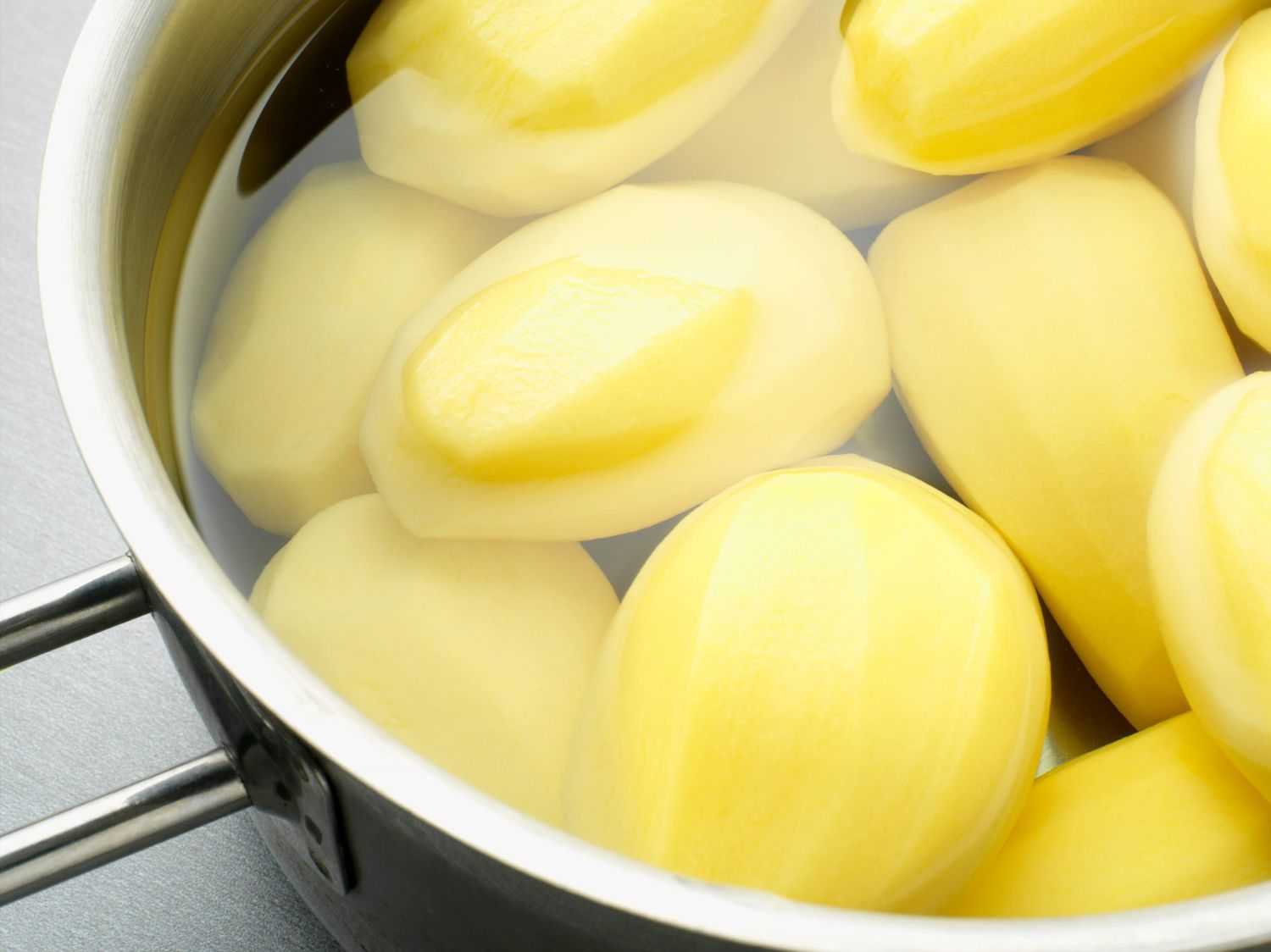
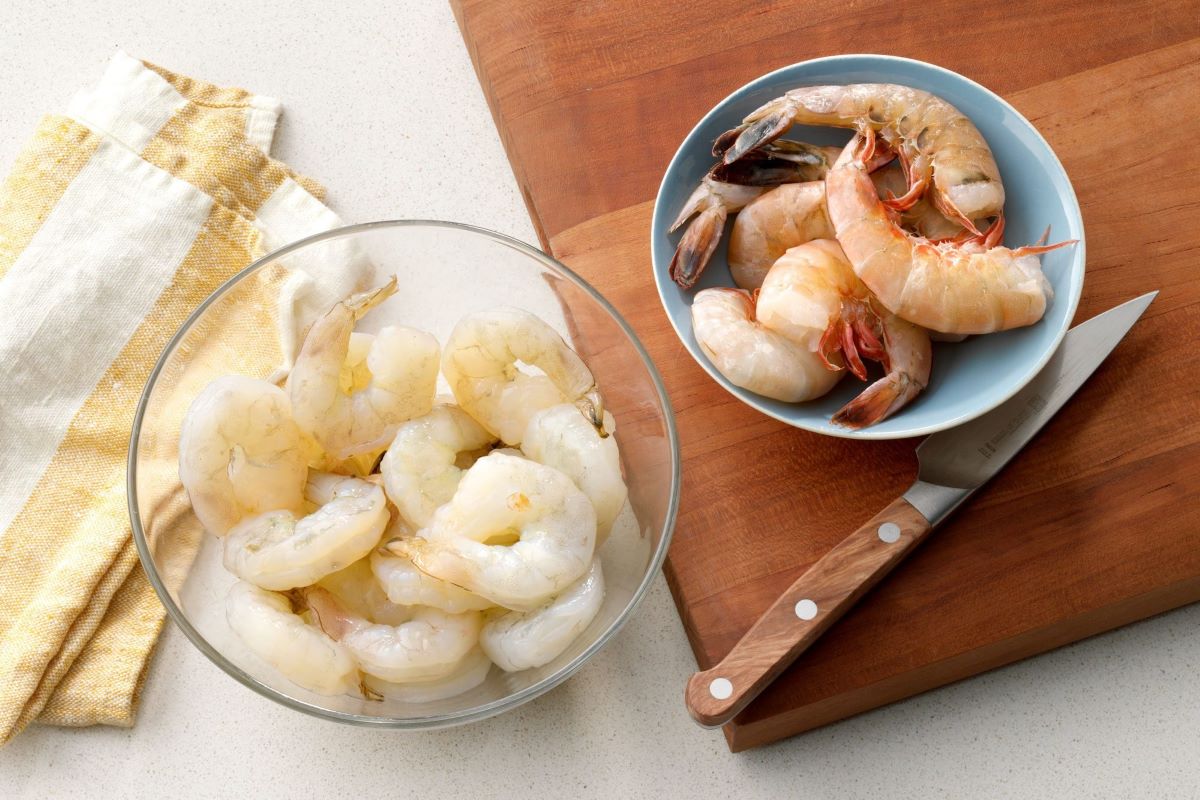
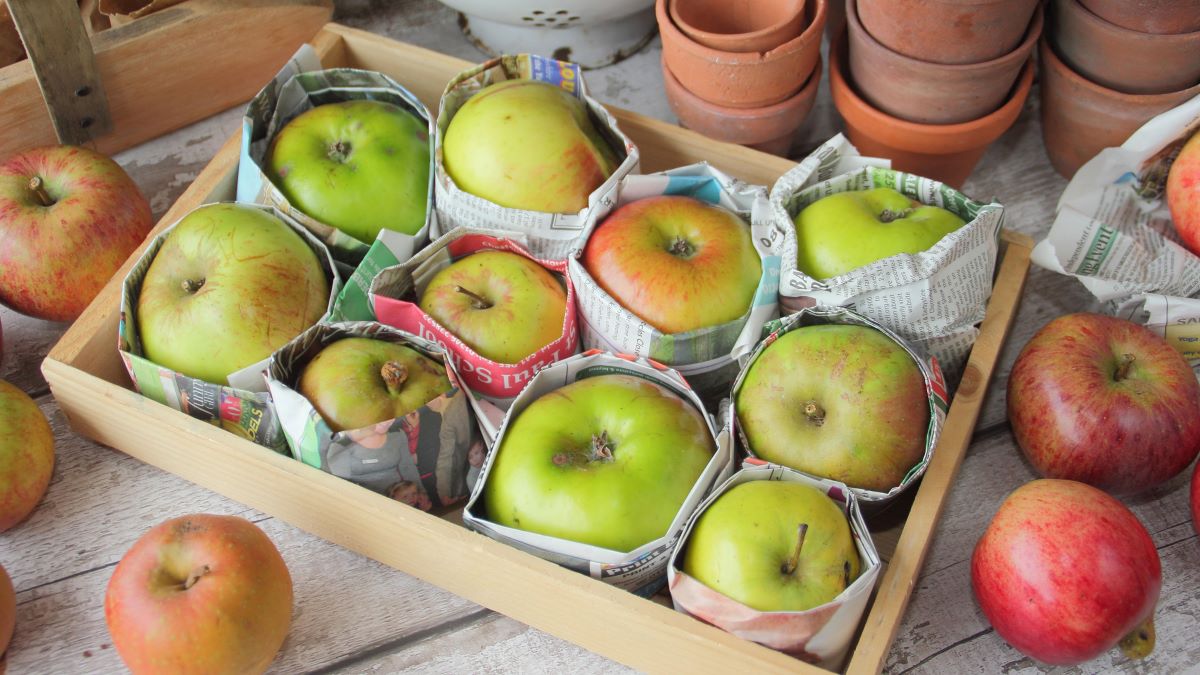
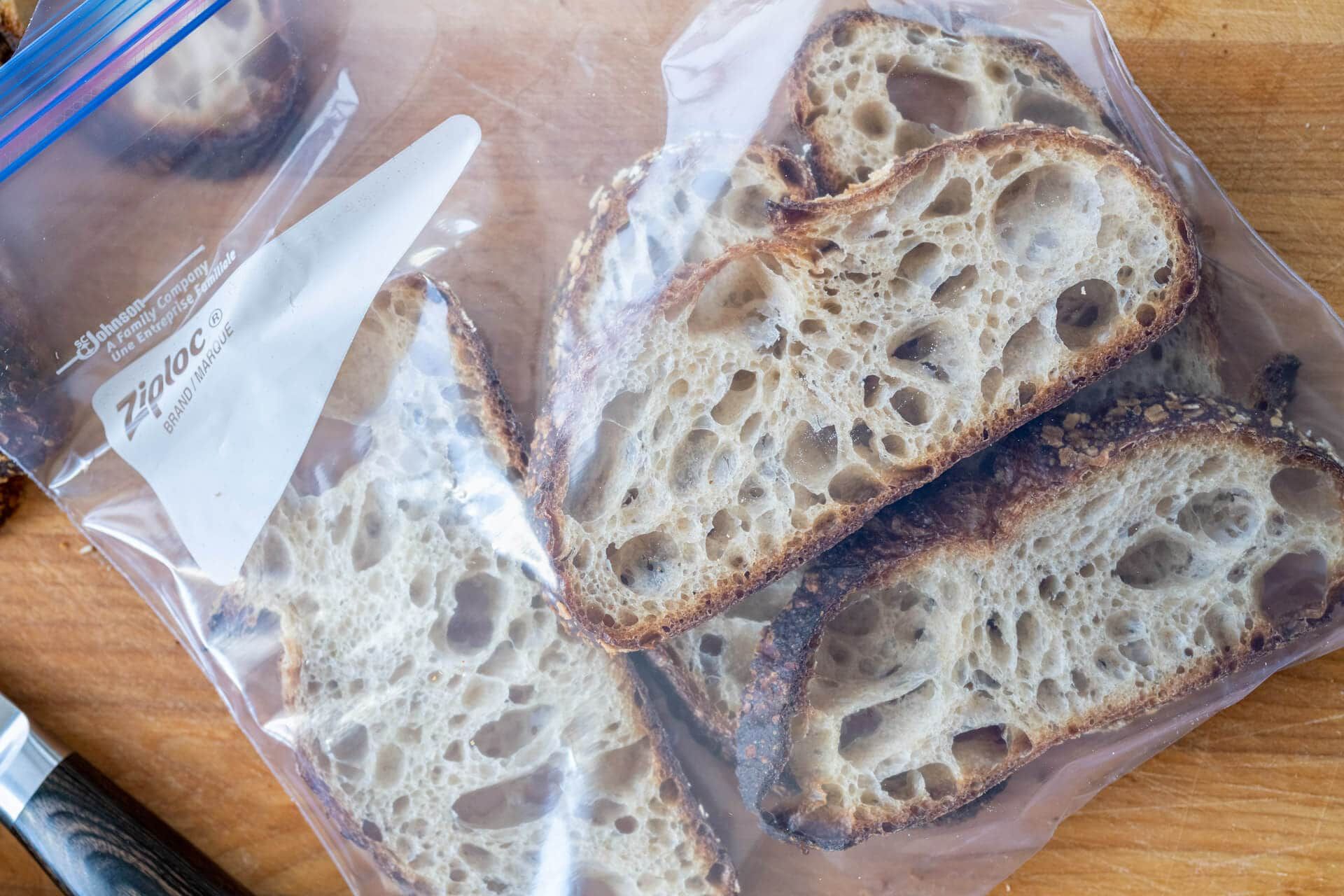


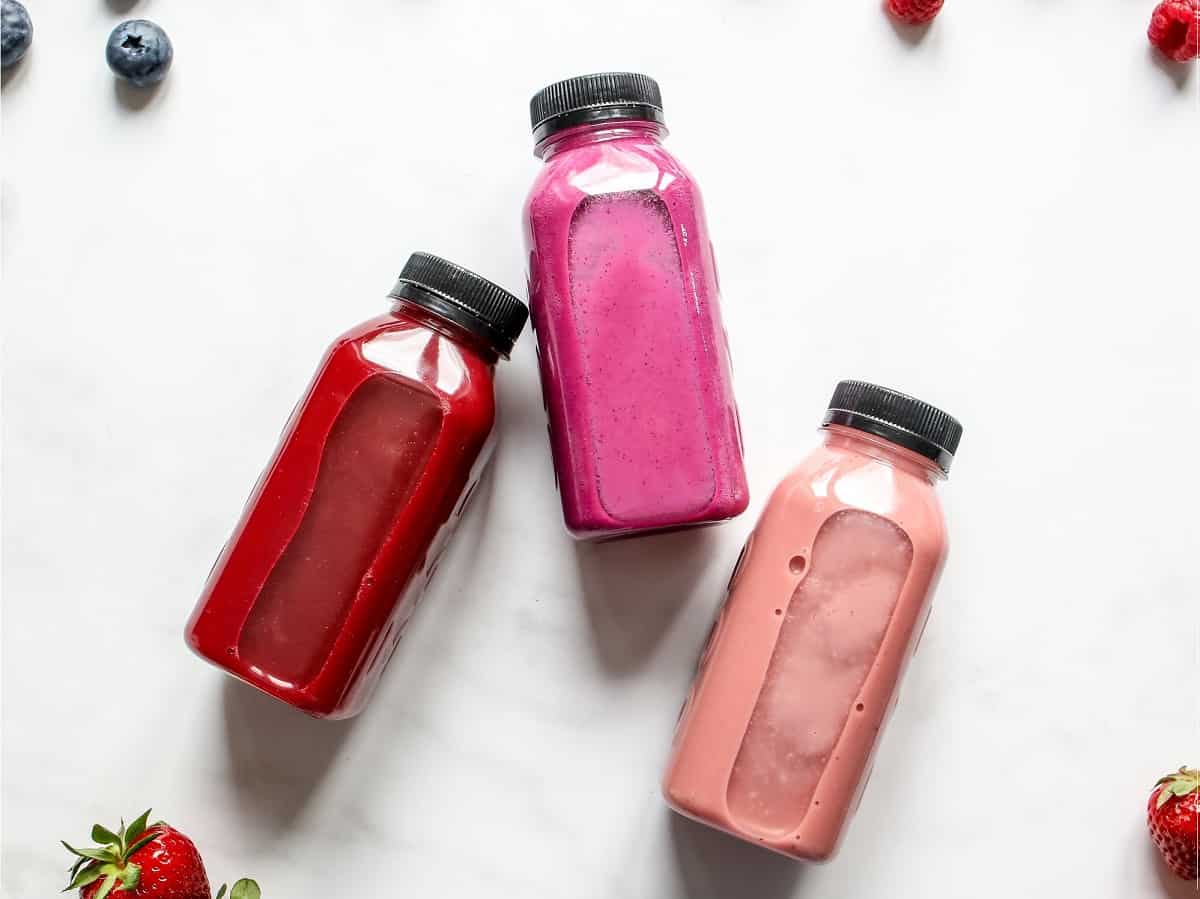
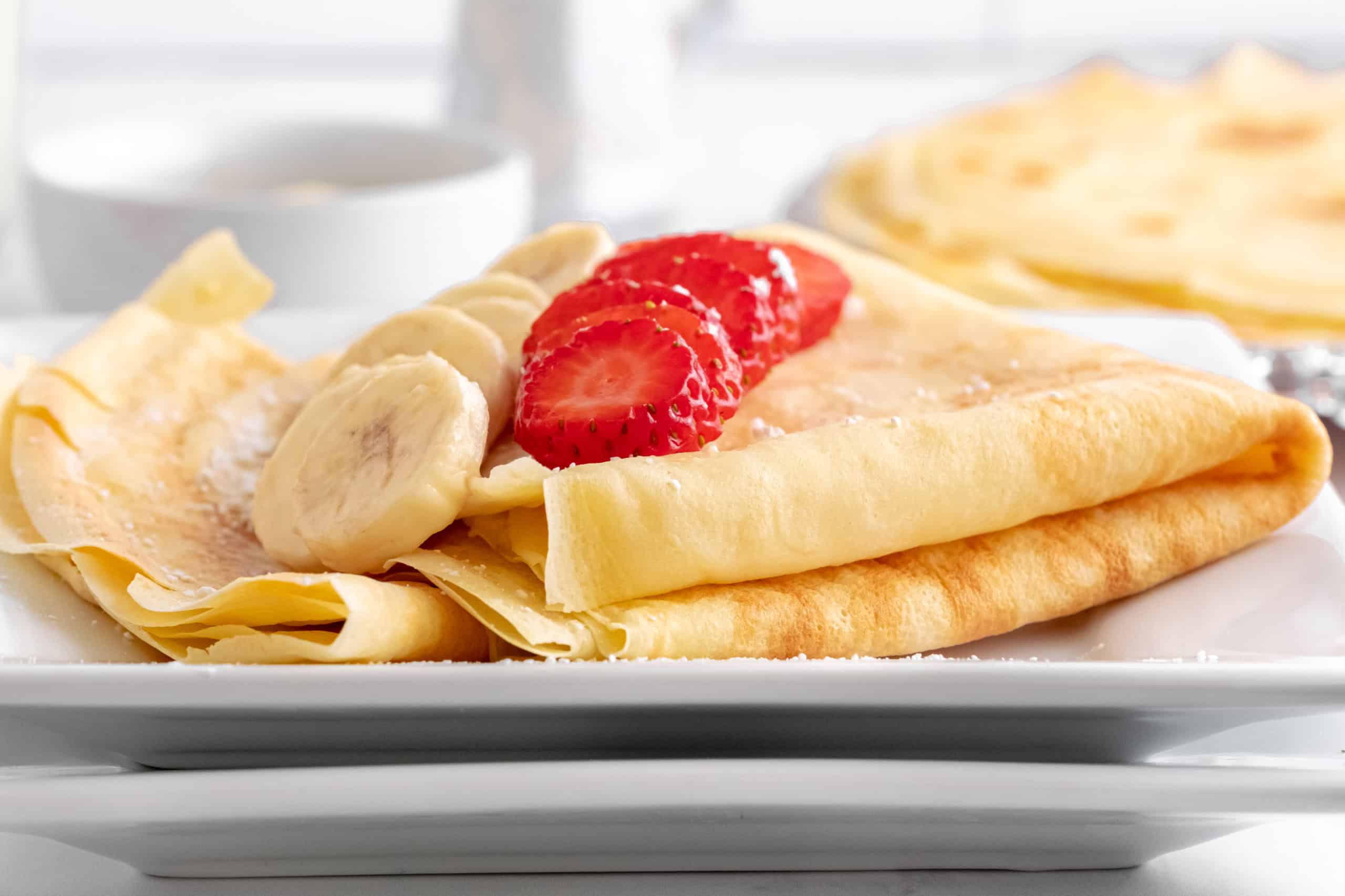
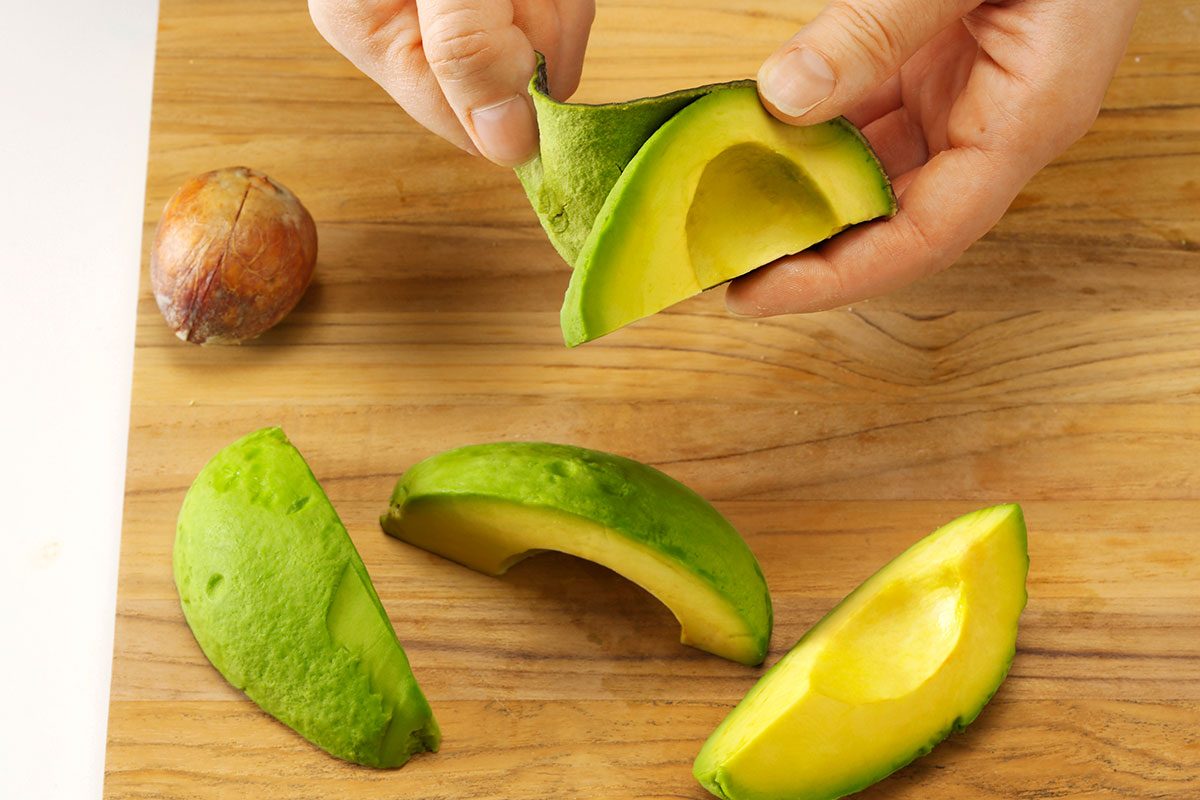
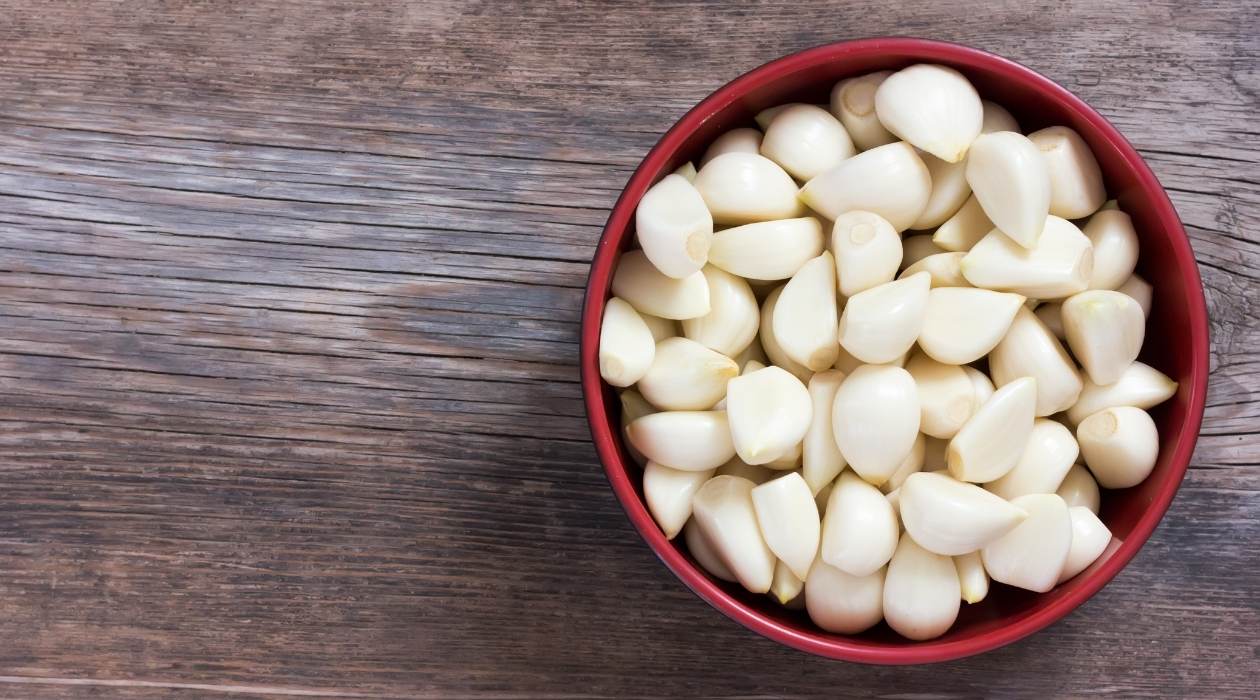
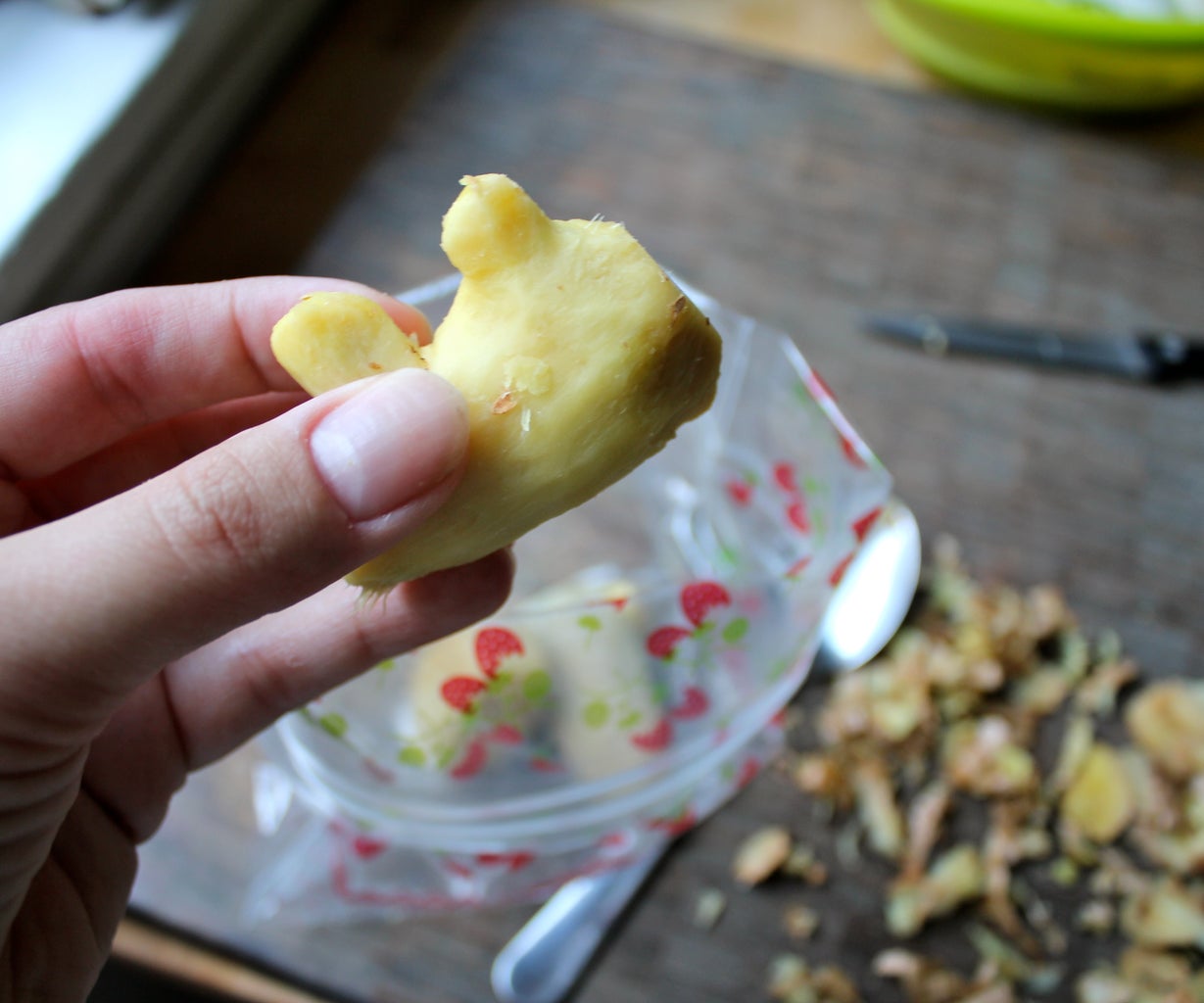

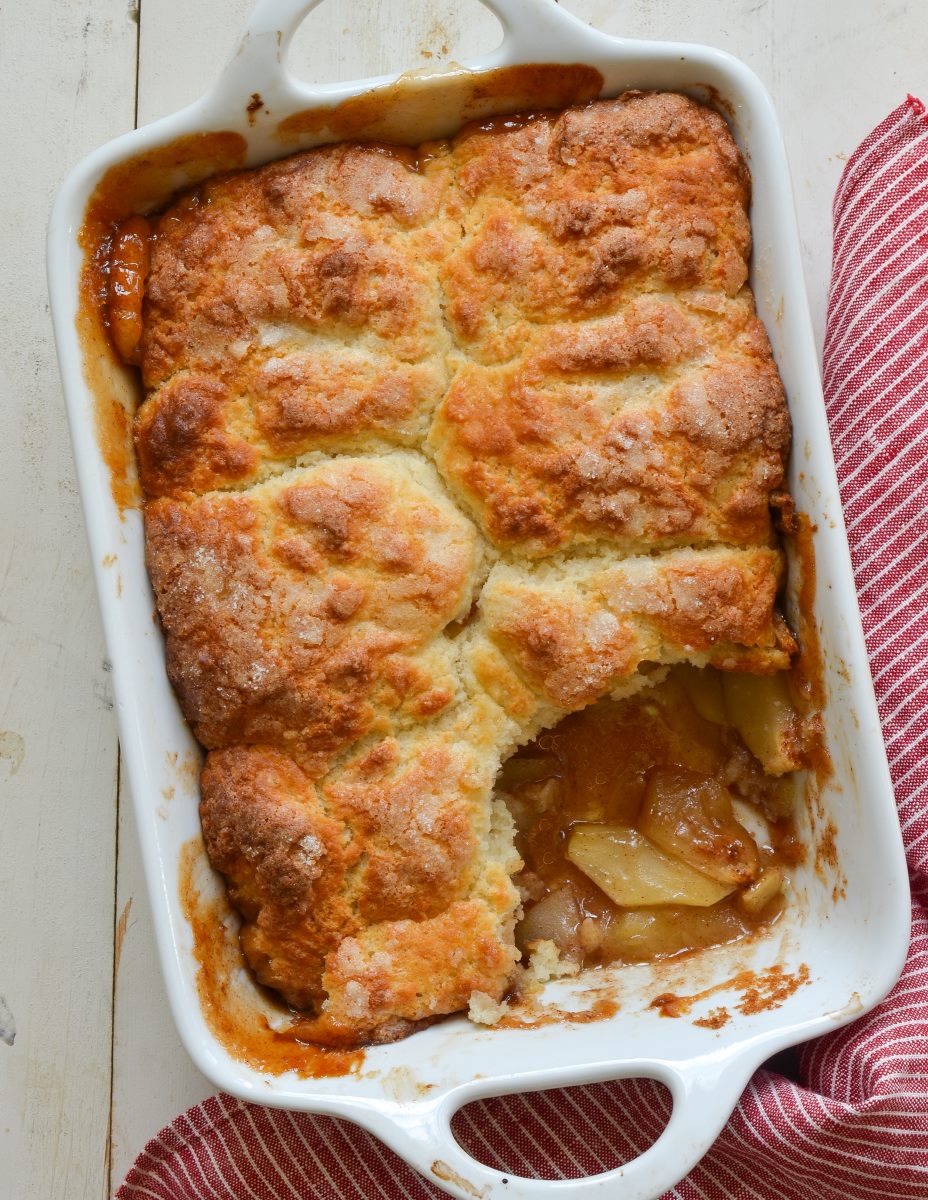

0 thoughts on “How To Store Peeled Apples Overnight”